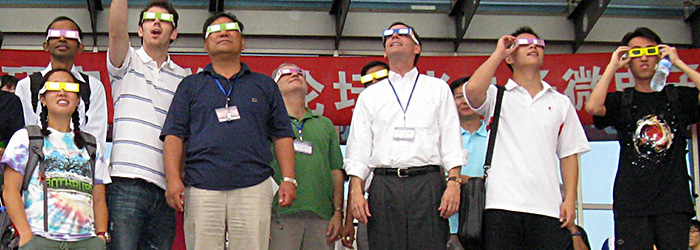Introduction
The Consortium for Capacity Building is an educational, outreach, and networking organization at the University of Colorado – Boulder. We focus on enhancing the value and use of climate, water, and weather information for the betterment of societies and the wellbeing of individuals.
CCB works in both developed and developing countries to help the most vulnerable societies and populations mitigate and adapt to the impacts of a changing climate. Consortium partners are individuals and institutions working globally on capacity building in weather, water, climate, and society issues.
The Consortium for Capacity Building was established in 1974 as the pioneering Environmental and Societal Impacts Group (ESIG) at the National Center for Atmospheric Research. We relocated to the University of Colorado at Boulder in 2008 after receiving support from the Rockefeller Foundation and becoming a Clinton Global Initiative Commitment.
What We Do
Throughout its long history CCB has been engaged in building societal understanding, knowledge and adaptation for addressing best practices around climate and water related issues. CCB has been recognized worldwide as innovators in initiating concepts and programs through which such awareness and capacity building can be more effectively carried out. CCB utilizes the three ‘O’s—Outreach, Outputs, Outcomes—to carry out our mission, stay dynamic, multi-dimensional and to retain vitality as the Consortium’s guiding principles and active pursuits.
Outreach
This facet of CCB’s mission refers to our activities worldwide that raise awareness about climate and water issues among university educators in the physical, biological and social sciences and the humanities. As educators are made aware of how climate-related processes influence the issues they are interested in, they include that information in their classrooms. The same applies to trainers educating those already in the workplace.
Outputs
This refers to the success of our activities as measured by the inclusion of climate-related information in reports, publications, curricula, seminars, workshops, etc. including “how to” programs on the best and most appropriate use of climate, water and weather information.
Outcomes
This third pillar of our work addresses the impacts that remain once the education and training activities end. The outcomes include the heightened capacity of individuals and institutions to cope effectively with climate change, climate variability, water, and high-impact weather anomalies and extremes. This increased capacity leads to empowerment.
